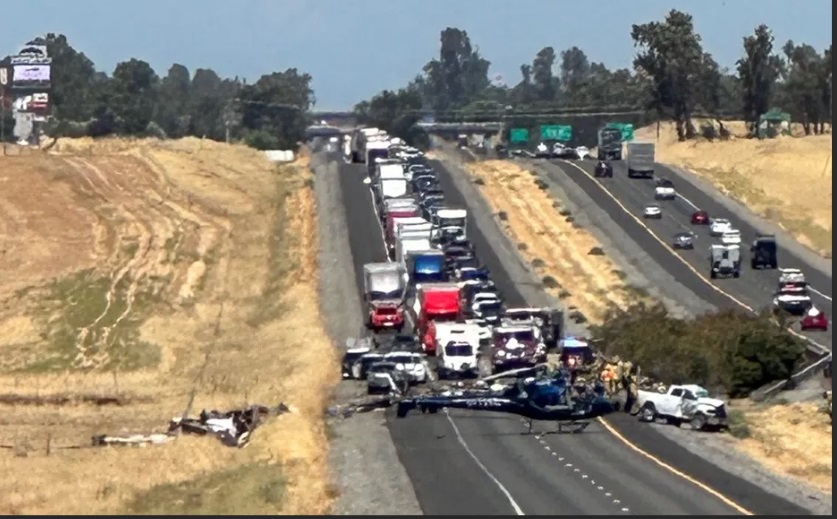
Why Controlled-Access Highways Are Safer
Controlled-access highways, often referred to as Interstates, freeways, or expressways, are designed to provide safer and more efficient travel by minimizing potential conflicts. The key elements that contribute to the safety and speed of travel on these highways include:
- Common Direction: All vehicles travel in the same direction, reducing head-on collisions and confusion.
- Common Speed: Vehicles typically move at similar speeds, reducing the risk of accidents caused by significant speed differences.
- No Intersections: The absence of intersections prevents traffic choke points and reduces the potential for accidents.
Historical Context of the Interstate System
The U.S. Interstate System was proposed and implemented by President Dwight D. Eisenhower. His inspiration came from the German Autobahn system, which he observed during World War II. Eisenhower recognized the benefits of such roads for military logistics, leading to the establishment of the American Interstate System, also known as the National Defense Highway System. This network was initially intended to facilitate the rapid movement of military personnel and equipment across the country.
Safe Entry and Exit Practices
When using a controlled-access highway:
- On-Ramps: Accelerate to match the speed of traffic before merging. This helps to integrate smoothly into the flow of vehicles.
- Off-Ramps: Decelerate after you have moved onto the ramp, allowing you to safely exit the highway.
The Dangers of Illegal Median Crossings
Attempting to turn around by crossing the median is extremely dangerous and illegal. The dangers include:
- High-Speed Traffic: Slowing down on the left shoulder to cross the median puts you in the path of the fastest-moving traffic.
- Kamikaze Maneuver: Slowing on the right shoulder and darting across multiple lanes is perilous, as it requires navigating through vehicles traveling at high speeds.
- Finding a Gap: Once in the median, finding a safe gap in the traffic to re-enter is difficult and risky.
- Acceleration: Merging back into traffic, especially in the left lane where speeds are higher, can be hazardous.
The Legal and Safe Way to Turn Around
To turn around safely on a freeway:
- Continue to the Next Exit: Drive to the next interchange and use the off-ramp.
- Crossover at the Interchange: Use the overpass or underpass to cross to the opposite side.
- Re-enter the Freeway: Use the on-ramp to merge back into the traffic flow in the desired direction.
Purpose of Freeway Crossovers
Freeway crossovers are present but are meant solely for highway maintenance workers and law enforcement. These crossovers enable quick access and maneuverability for these personnel but are not intended for use by the general public due to the significant safety risks.
Conclusion
Controlled-access highways are designed to maximize safety and efficiency by reducing conflict points and ensuring uniform traffic flow. Understanding and adhering to the rules and best practices for using these highways can significantly reduce the risk of accidents. Always use designated exits and on-ramps for turning around and avoid illegal and dangerous maneuvers across medians.
